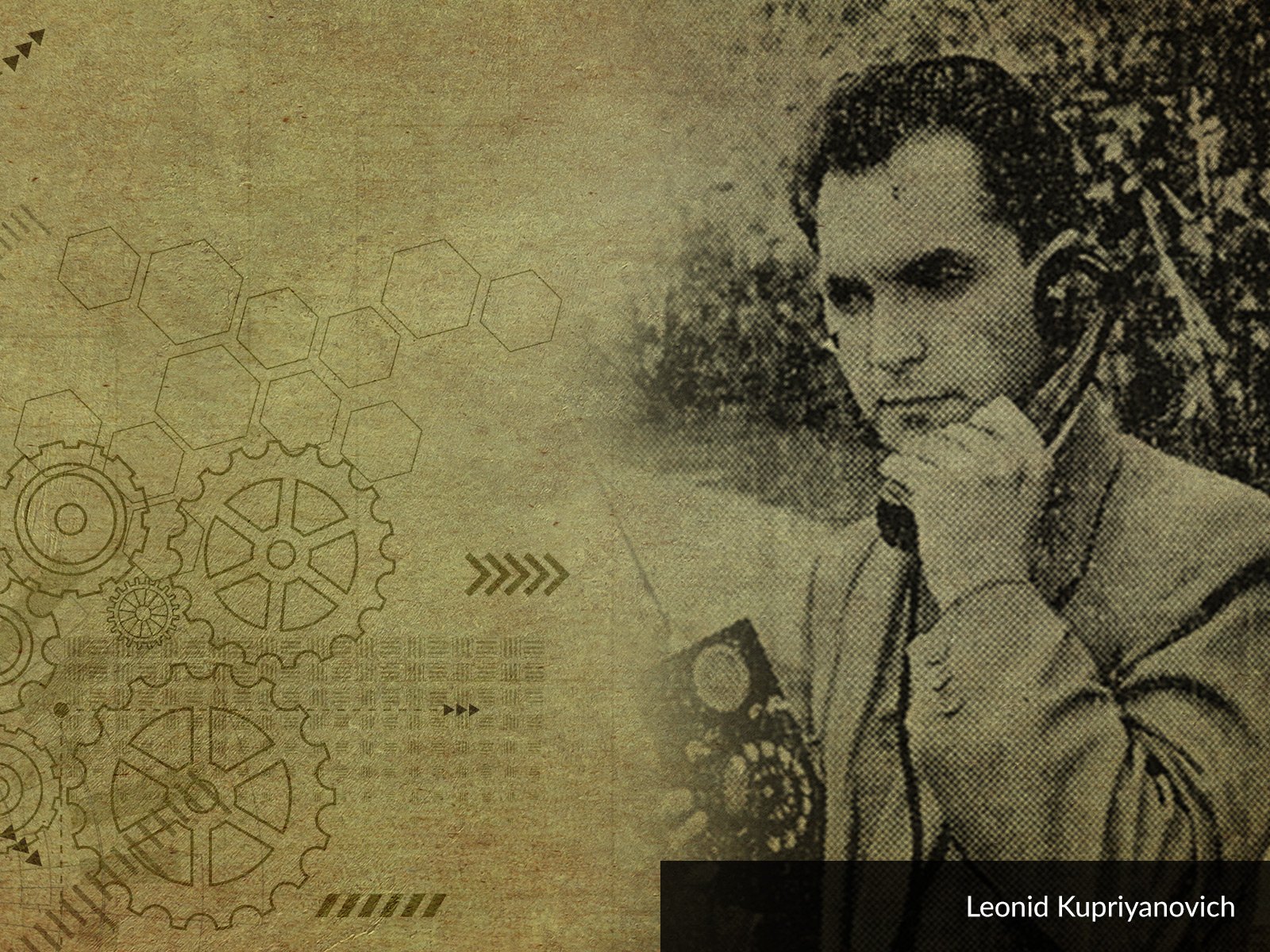
Jack Kilby was born on 08 November 1923 in Jefferson City, Kansas. The future and education of the future Nobel Prize winner was shaped by the weather, specifically by the severe snowstorms of 1938. Hubert Kilby, father of the famous inventor, was an employee of a public utility company who came up with the idea of seeking the help of amateur radio operators to deal with the communication problems caused by the blizzard. This led to young Jack’s interest in ‘ham radios’ and electrical engineering. Soon afterwards, he obtained a licence and built his own receiver. Like his parents, he studied at the University of Illinois. Then, in 1950, he earned a Master's degree in Electrical Engineering from the University of Wisconsin in Milwaukee.
Holiday at the office – Jack Kilby and the first integrated circuit
In 1958, Jack Kilby was hired at Texas Instruments. As a young and inexperienced employee, he could not take a leave of absence and therefore had to stay in the office entirely by himself. He worked on the problem of miniaturising electronic circuits, as their ever-expanding structures were becoming increasingly challenging for designers. The summer holidays of 1958 brought a breakthrough in the history of electronics, as Kilby presented his first integrated circuit to the company's managers already in September. His superiors recognised the potential of the invention, and it was patented in February of the next year. Interestingly, a similar chip was developed a few months later by another American scientist, Robert Noyce.
A chip, a calculator and a thermal printer
The discovery opened up a number of opportunities and possibilities for Kilby and led to further inventions. The scientist created the first computer based on the integrated circuit technology and also constructed and patented a thermal printer. It is devices like this that print thousands of receipts every day in shops and markets. Together with his team, in the late 1960s and early 1970s, he also developed the first pocket calculator. In the following years, Kilby devoted himself to semiconductor research, eventually obtaining more than 60 patents. His achievements were recognised not only by the Nobel Prize committee, as we've already mentioned, but he also received numerous other awards, such as the National Medal of Science and the National Medal of Technology. The Texas Instruments research laboratory is named after Kilby, there's also a statue of the inventor at the University of Texas in Dallas.
A nearly completed invention
Integrated circuits enabled the far-reaching miniaturisation of digital circuits. For this, they are primarily known as the modules found in computer or smartphone motherboards: memories, microcontrollers, drivers, etc. They have also made it possible to develop precision analogue-to-digital and digital-to-analogue convertes, thanks to which we can enjoy clear music sound and high-quality images on the TV screen. Today, almost every type of circuit is available in the integrated form: from logic gates, to voltage regulators, to a myriad of peripheral circuits. Some of these products, such as the 555 timer, have been in production for almost half a century.
As recently as thirty years ago, Stanisław Lem, a Polish futurologist, described in his novel “Fiasco” a computer equipped with a processor of the Ultimate Generation, which could no longer be improved because the speed of light had become a barrier to its clock rate and size. Meanwhile, it turns out that in the real and present world, quantum physics has played a different trick on us. The growing conclusion is that Jack Kilby’s invention will soon stumble into another barrier – the tunnel effect, which is inherent in the nature of electrons. In other words: the possibility of further miniaturisation of integrated circuits will soon be lost, as at the sub-1nm scale transistors simply fail to function correctly.
All the indications are that the microprocessor is the first invention described in our cycle whose limits will be known to us already in our lifetime.





